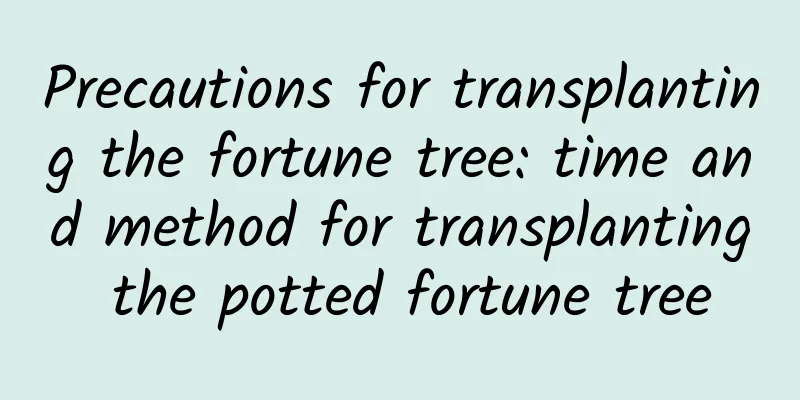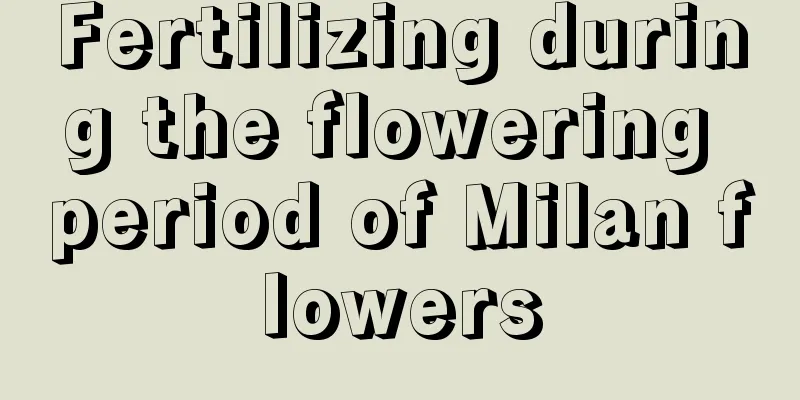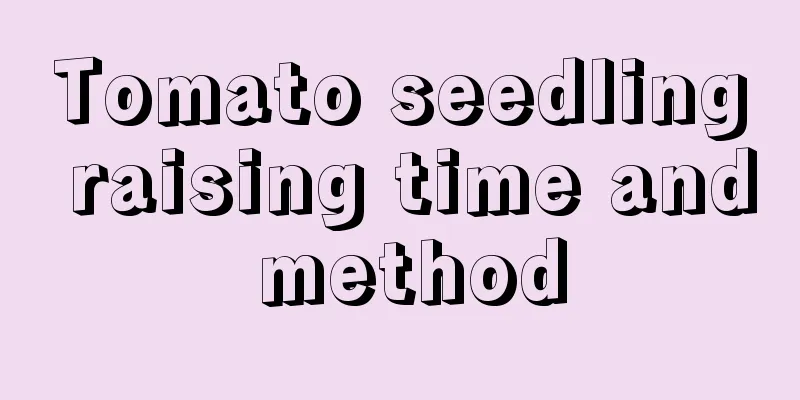How to prune Gloxinia

Prune before floweringGenerally, before Gloxinia blooms, the branches and buds are pruned by pinching the tips. Pinching means removing the topmost flower branch to promote the growth of more side branches, so that more flowers can bloom. Pinching should be done early rather than late. Early pinching is beneficial for early formation and flowering. After pinching, select 2-3 new buds of similar height and suitable position to ensure the smooth opening of the flowers. Prune during floweringAfter Gloxinia blooms, if the leaves around the flowers hinder the normal growth of the flowers, you can cut off some of the leaves or half of the leaves according to the actual situation and needs. Trimming the leaves in this way can make all the flowers bloom at the top of the plant, forming a bouquet, which will have a better viewing effect. After pruning, Gloxinia can produce up to 18 flowers at a time. Among them, a plant of African violet grown in a 12-cm-diameter flowerpot was no more than 15 cm tall and had only two branches, but it had 16 flowers blooming at the same time, which was very beautiful. Pruning after floweringAfter flowering, if the culture soil is fertile and managed properly, it will produce a second batch of buds. After Gloxinia blooms, if you do not need to keep seeds, it is best to cut off the flower stems to control the loss of nutrients, which is conducive to continued flowering and the growth and development of tubers. After flowering, in winter, the tubers of Gloxinia should be preserved. Select a leafless stem, about 3-4 cm in length, and store it in sand in time, keeping the temperature not lower than 5℃. During the winter, the sandy soil should not be too wet, otherwise the bulbs will rot. If the sandy soil is too dry, spray clean water in an appropriate amount to prevent the tubers from drying up. When spring comes and flowers bloom, the tubers of Gloxinia will sprout. Select new shoots as needed and enter a new round of maintenance and pruning. |
<<: How to grow green and bright mirror grass
>>: How to care for delphinium during its flowering period
Recommend
Key points for growing petunias in pots at home
1. Location It is best not to place it on a north...
Four-season maintenance methods of Rieger Begonia
Summer care of Rieger Begonia In summer, the temp...
Our whole summer is occupied by these flowers
Hydrangea YANGHUADAQUAN You should all be familia...
How to grow Lycoris radiata so that it blooms
Lycoris radiata flowering time Lycoris radiata us...
Wheat Growth Environmental Conditions and Characteristics
Wheat Growth Environmental Conditions and Require...
Can pineapple peel be used as fertilizer?
Pineapple peel as fertilizer Pineapple peel can b...
The floral symbolism and meaning of Cattleya
The flower language of Cattleya The flower langua...
There are several types of elm trees
1. Elm Ulmus pumila is a sub-arbor deciduous tree...
How to fertilize Impatiens
When does Impatiens need to be fertilized? Before...
How to propagate camellia by cuttings, the best time to propagate camellia by cuttings
1. Cutting time The time for camellia cutting pro...
What flowerpot looks good for Monstera
What flowerpot is suitable for Monstera Monstera ...
Is the yellow jasmine poisonous?
1. Basic Introduction The branches of the yellow ...
There are big chrysanthemums in the roses, popcorn in the hydrangeas, and there is a room in the flowers.
Rose·Fireworks Wave Flower Growing Encyclopedia (...
How many roots does Michelia odorifera have when it is cut into pieces?
1. How many natural roots are there? Michelia can...
Can the Weeping Guanyin be raised outdoors? Is the Weeping Guanyin ornamental?
1. Can it be raised outdoors? The native environm...









